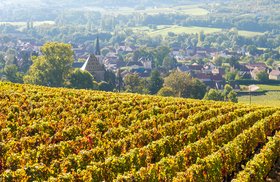Marsannay AOC, Burgundy: Wine Styles, 10 Best Bottles (2025)
The Marsannay wine region, the northernmost Côte dOr village, is famous for its delectable and pocket-friendly wines.
Thanks to its proximity to Dijon, Marsannay is known as the Porte d’Or or the “Golden Gate” to Côte de Nuits.
Let’s explore this wine region, including the Marsannay wine styles, 10 must-try bottles in 2024. We’ll also look at the region’s viticulture, winemaking, and history.
Further reading
- Explore the Incredible Cote de Nuits Region - 10 incredible wines, the region's viticulture, and winemaking.
- Also, discover everything you need to know about En Primeur Wine and how to invest in it.
Marsannay Wine: Styles, Characteristics, And Food Pairings
Marsannay produces red, white, and Rose wine styles packing the typicity of the Côte de Nuits terroir.
A. Marsannay Red Wine
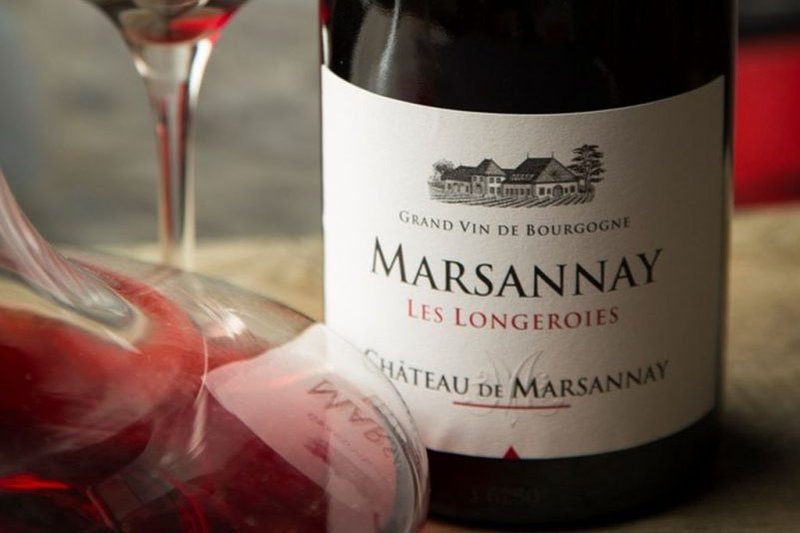
Made primarily from the Pinot Noir grape variety, Marsannay red wines can also contain 15% Chardonnay, Pinot Blanc, and Pinot Gris grapes.
They are light to medium-bodied with 10.5%-13.5% alcohol.
A Marsannay red wine is typically floral, slightly tannic, and has intense red fruit flavors - best drunk young with gamey meats and brie cheese.
B. Marsannay White Wine

Marsannay white wines are made from Chardonnay and Pinot Blanc grapes and may have a little Pinot Gris.
They are characterized by citrus and acacia notes, like Côte Chalonnaise, and have 11%-14% alcohol.
They taste best with white meats, poultry, and risotto.
C. Marsannay Rosé Wine

Marsannay rosé wines are produced from a blend of Pinot Noir and Pinot Gris with around 10% Chardonnay and Pinot Blanc.
They’re delicate, soft, fruit-forward, and floral with 10.5%-13% alcohol - perfect to pair with summer barbeques and salads.
10 Delicious Marsannay Bottles To Buy In 2024
These delicious Marsannay wines will be a perfect addition to your special occasions!
- 2012 Domaine Sylvain Pataille Marsannay L'Ancestrale
- 2016 Domaine Sylvain Pataille Marsannay Clos du Roy
- 2014 Domaine Sylvain Pataille Marsannay Charme aux Pretres Blanc
- 2018 Domaine Sylvain Pataille Marsannay Rose 'Fleur de Pinot'
- 2014 Domaine Denis Mortet Marsannay Les Longeroies
- 2016 Fougeray de Beauclair Marsannay Les St Jacques Rouge
- 2014 Fougeray de Beauclair Marsannay Les Favieres
- 2013 Domaine Bruno Clair Marsannay Blanc
- 2018 Château de Marsannay 'Marsannay' Les Longeroies
- 2015 Rene Bouvier Marsannay Le Clos Monopole
1. 2012 Domaine Sylvain Pataille Marsannay L'Ancestrale ($211)
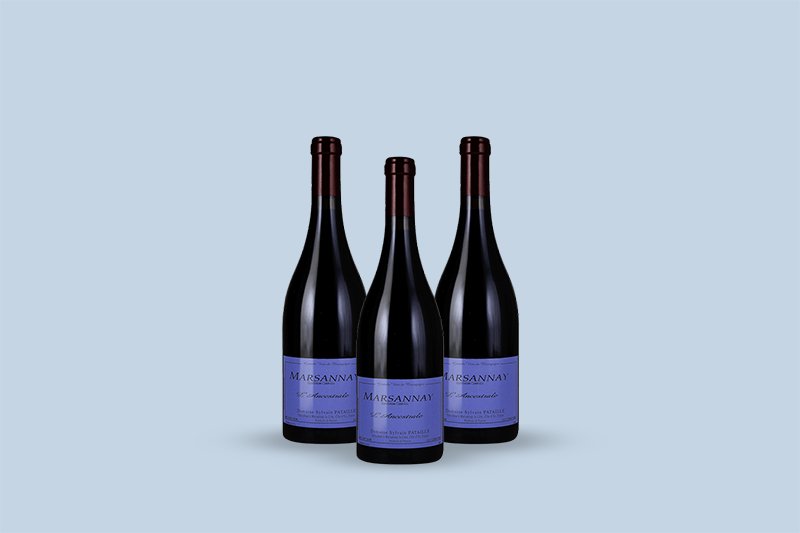
This Burgundy wine has brilliant concentration and richness of fruit and minerality that ends with a long finish.
2. 2016 Domaine Sylvain Pataille Marsannay Clos du Roy ($112)

It is a bright and refreshing Pinot Noir red wine with a lovely red fruit tasting note and a soft finish.
3. 2014 Domaine Sylvain Pataille Marsannay Charme aux Pretres Blanc ($100)
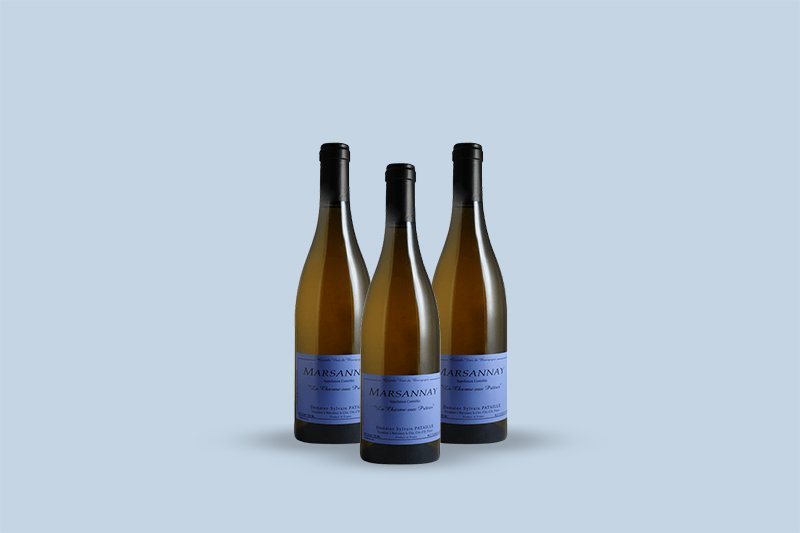
It is a dry white wine with subtle acacia honey, fresh pear, and chalk hints.
4. 2018 Domaine Sylvain Pataille Marsannay Rose 'Fleur de Pinot' ($81)

This 2018 vintage is youthful with a refreshing red fruit palate of raspberry and strawberry.
5. 2014 Domaine Denis Mortet Marsannay Les Longeroies ($88)

The 2014 Les Longerois has a pure bouquet of blackcurrant and fresh strawberry with a medium-bodied palate, crisp tannin, and a precise finish.
6. 2016 Fougeray de Beauclair Marsannay Les St Jacques Rouge ($71)
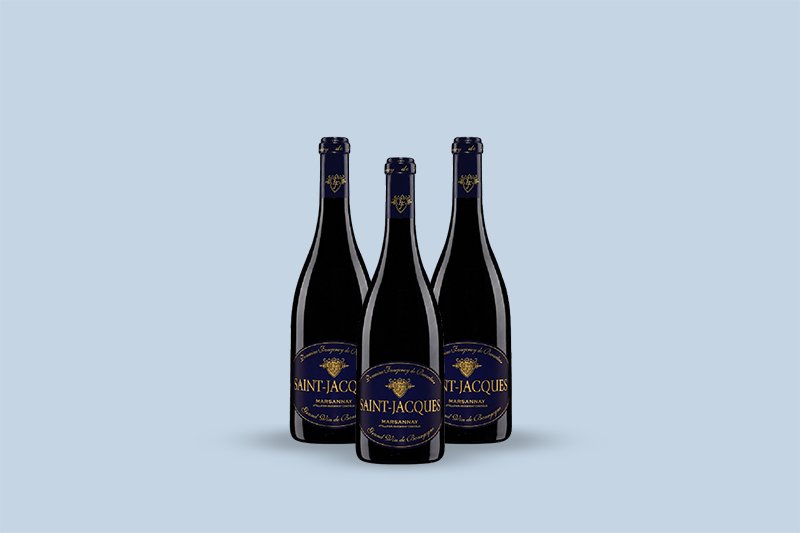
The nose reveals a beautiful aroma of violets, dark cherry, and earth. The palate is well-defined with a juicy berry tasting note and toasted oak nuances.
7. 2014 Fougeray de Beauclair Marsannay Les Favieres ($66)
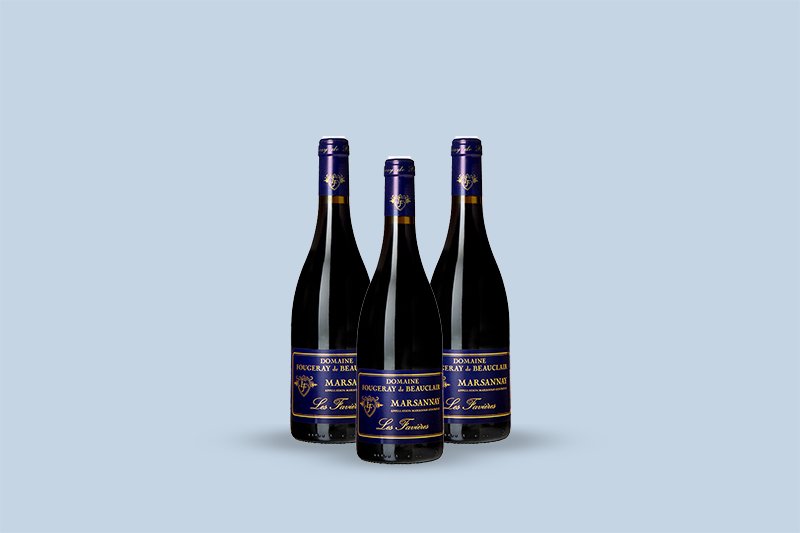
This wine has dominant blackcurrant and blackberry notes balanced by wood, cherry, spice, and leather nuances.
8. 2013 Domaine Bruno Clair Marsannay Blanc ($57)
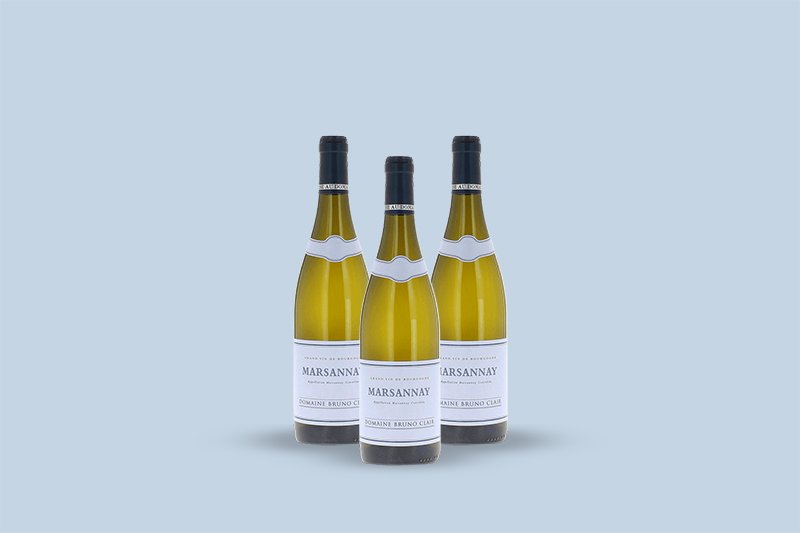
It is an 80% Chardonnay and 20% Pinot Blanc wine.
The Chardonnay grapes give citrus and red fruit notes, while Pinot Blanc adds roundness and meatiness to the wine.
9. 2018 Château de Marsannay 'Marsannay' Les Longeroies ($36)
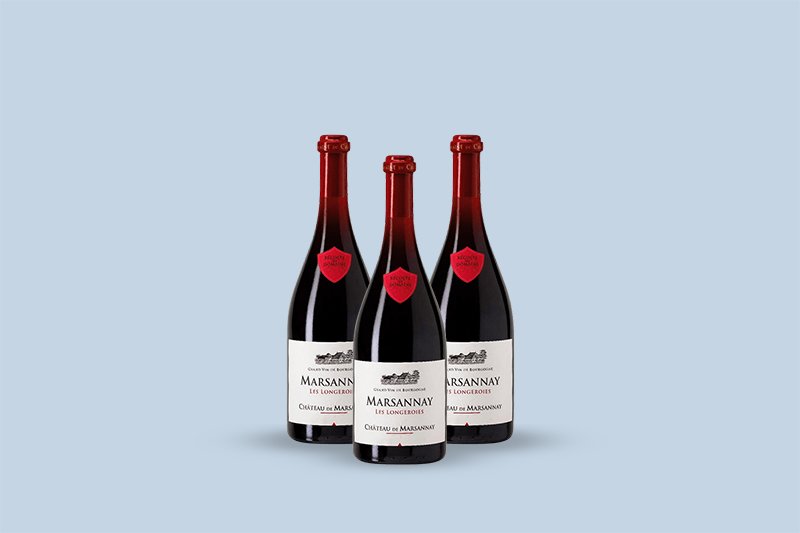
This Burgundy wine is one of the most loved wines of Château de Marsannay, owned by Olivier Halley.
It gives off a red and dark fruit aroma with subtle wooded notes. The palate has silky tannins and a great length.
10. 2015 Rene Bouvier Marsannay Le Clos Monopole ($47)
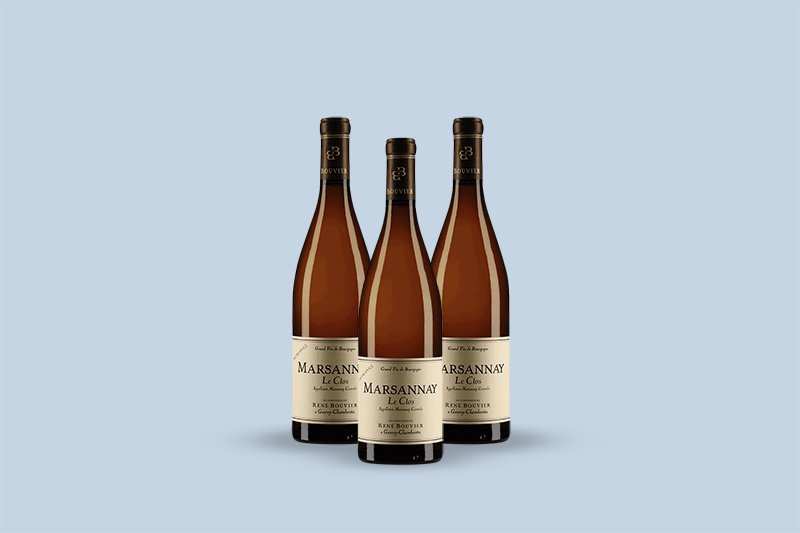
It is a creamy white wine with white fruit, citrus, white flower aromas, and a slightly salty finish.
You can also look for Louis Latour, Domaine Bart, and Jean Fournier bottles.
Marsannay: Terroir And Viticulture

Marsannay comprises around 184 hectare of red wine vineyards, 41 hectare of whites, and 17 hectare of rose wine vineyards.
Even though there are no Grand Cru or Premier Cru vineyards in Marsannay, the gentle east and south-facing slopes of Côte dOr create the perfect climate for the grapes.
The soils are primarily limestone, similar to Gevrey Chambertin, with a bit of clay and silt - perfect for the Pinot Noir grape.
Since Pinot is susceptible to vine diseases, winemakers usually remove the unwanted buds to protect the crop.
They use the Guyot system in the vineyards with a cane of 5-8 buds, a spur of 1-3 buds, and no vine shoots.
In addition, most wineries practice green harvesting to regulate production and increase the grape’s quality.
Most wineries use mechanical harvesters for harvesting the grapes.
Marsannay Winemaking Practices
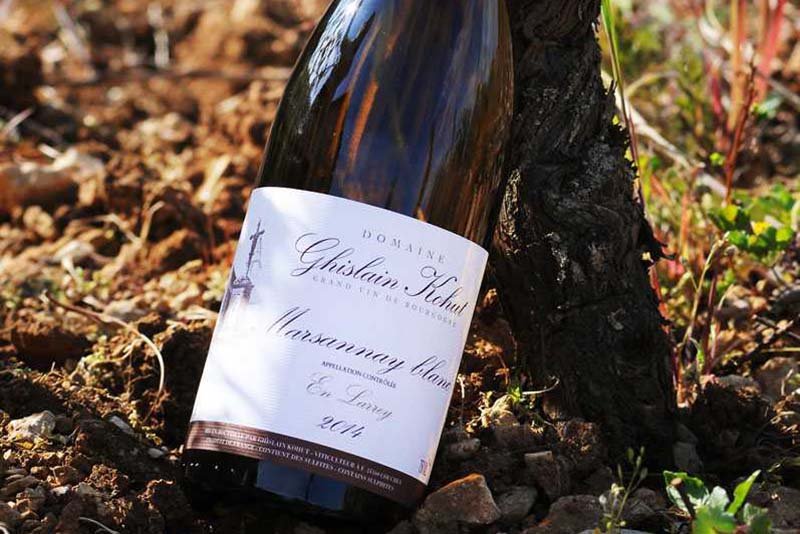
In the winery, the grapes are sorted and pressed to release the grape juice. The grapes go through cold pre-fermentation maceration before fermentation for extraction of flavors.
For red wines, the polyphenols (tannin, anthocyanins) are extracted through pigeage, a process of punching down the must into the fermenting juice.
Rosé wine is produced either by direct pressing or through the bleeding method.
The alcoholic fermentation is usually followed by malolactic fermentation in vats or barrels. Some winemakers use a new oak barrel (usually French oak barrels) to impart oaky notes to the wine.
Finally, red wines are matured in barrels or tanks for about 12-24 months before they’re refined, filtered, and bottled. White wines are aged on lees for a few months in barrels and are constantly stirred to produce a creamier texture.
Some winemakers may use chaptalization if the wine lacks alcohol.
A Brief History Of Marsannay
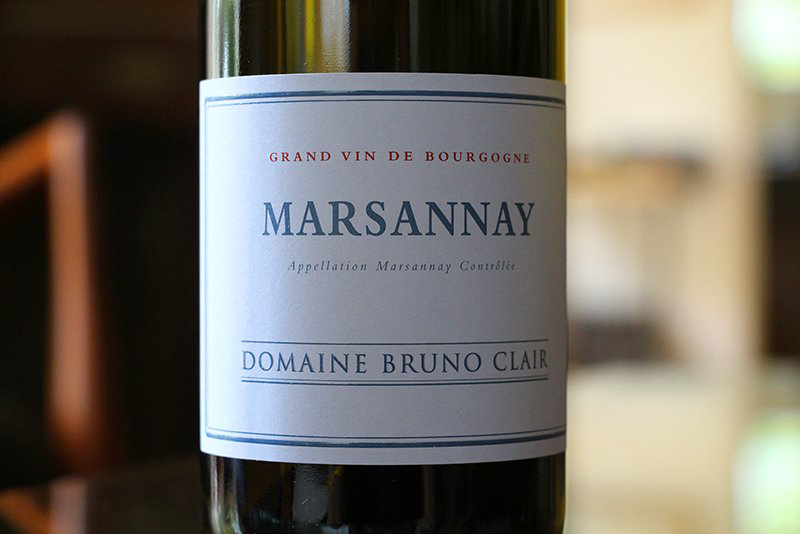
Marsannay has rich winemaking that dates back to Roman times. Here are some key events that shaped this wine region.
- In 1395, Philip the Bold, Duke of Burgundy, prohibited the cultivation of the Gamay grapes to improve the quality of the region’s Pinot Noir wines.
- In 1700, the intendant Ferrand claimed that the best wines in this province came from the vineyards bordering Côte de Nuits and Côte de Beaune.
- In the 19th century,the snout moth attacked the vineyards, which was followed by powdery mildew. By the end of the century, the winemakers faced mildew and phylloxera, damaging several vineyards.
- The beginning of the 20th centurysaw the same fate with mildew destroying the harvest in 1910. However, the emergence of high clearance tractors in the 1960s and 1970s helped the winemakers come back stronger.
- In 1987, Marsannay was officially declared an Appellation de Origine Controlee (AOC).
Also, the evolving winemaking technology like green harvesting and pneumatic presses has helped winemakers significantly improve their wines.
Ready To Enjoy A Lively Marsannay Wine?
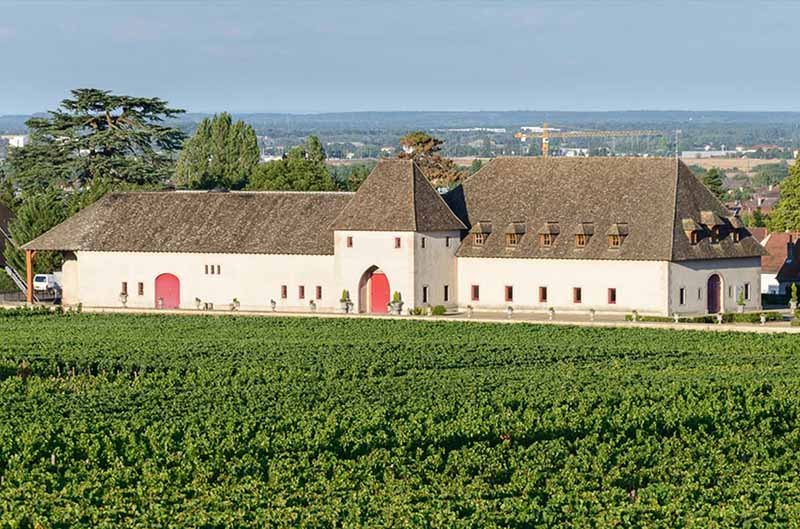
Marsannay wines are fruity, youthful, and plain delicious - a perfect partner for your grilled meat and pasta dishes.
However, when it comes to cellaring, there are many more rewarding bottles to invest in!
Visit the Vinovestwebsite to explore investment-worthy Pinot Noir, Chenin Blanc, and other age-worthy wines. Also, sign up to buy, store, and sell fine wine bottles from across the globe effortlessly!


